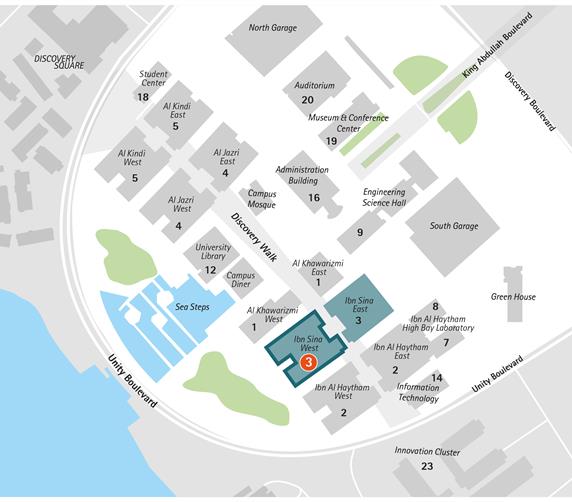Sep 2024

Abstract
Harmful algal blooms (HABs) and coral bleaching are pressing global issues, often linked to socio-economic and environmental challenges, including impacts on fisheries, aquaculture, and tourism. The Red Sea, a large marine ecosystem characterized by extensive coral reefs, rich biodiversity, high endemism, and an expanding aquaculture industry, is one such region that can have adverse effects from HABs and coral bleaching. Nevertheless, the region remains under-sampled with insufficient in-situ measurements, posing challenges for detecting and monitoring the spatiotemporal distribution of these phenomena. Alternatively, satellite remote sensing offers a powerful, cost-effective approach for detecting and monitoring these events at large spatiotemporal scales. This dissertation aims to develop, validate, and implement satellite-based remote-sensing algorithms to monitor and study the spatiotemporal distribution of HABs and coral bleaching in the Red Sea. A remote-sensing model utilizing MODIS-Aqua data is proposed, effectively detecting species-specific HABs in the Red Sea and matching in-situ data well. This model was also applied to 15-year satellite datasets (2003-2017) to produce an atlas of HABs in the Red Sea, revealing higher HAB occurrences in the southern Red Sea, with most events occurring in the summer across the basin. Notably, the increase in HABs along the south-central Red Sea's eastern coastline is linked to excessive nutrient loading from local aquaculture. To address the model’s limitation in detecting mixed-species HABs, a new remote-sensing algorithm combining the singular value decomposition technique and satellite observations has been developed and validated in the Red Sea. This dissertation also presents a remote-sensing algorithm using high-resolution Sentinel-2 data to detect, map, and predict coral bleaching severity in the Red Sea. The spatiotemporal analysis revealed that coral bleaching events are more frequent, severe, and persistent in the southern part of the Red Sea. These events primarily occur in the summer and autumn, with recovery transpiring in winter across the basin. The majority of coral bleaching events co-occur with marine heatwaves (MHWs) across the basin from 2016-2022, highlighting MHWs as primary drivers. The proposed algorithms provide cost-effective, near-real-time, remote-sensing monitoring systems for predicting HABs and coral bleaching in the Red Sea, aiding policymakers in developing effective conservation and management strategies.
